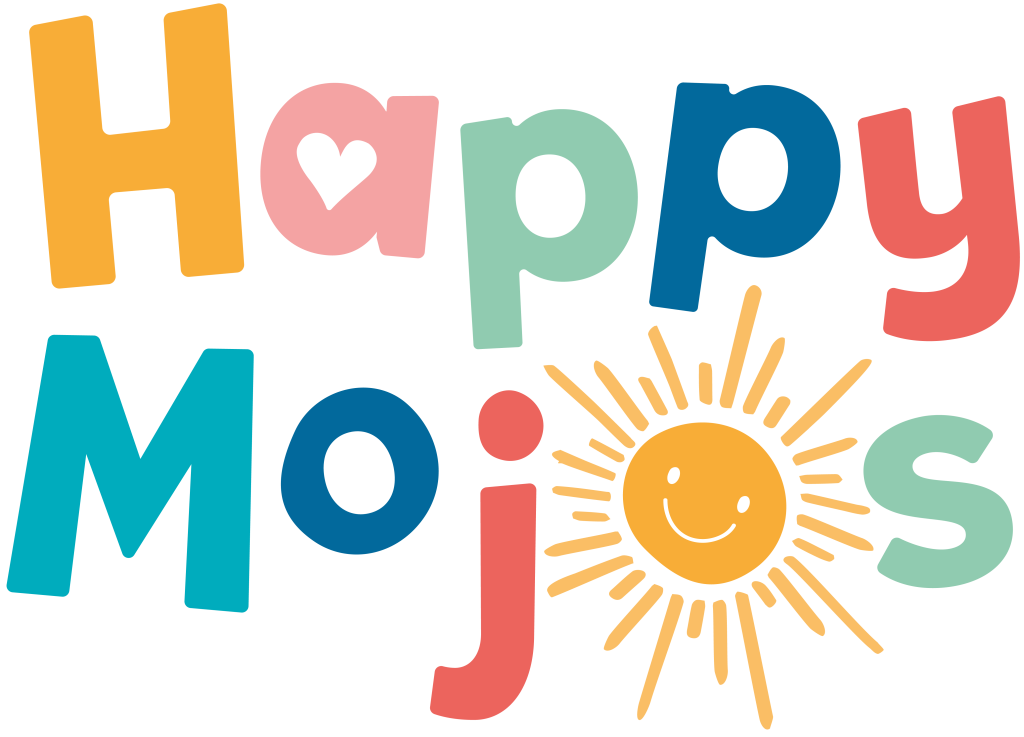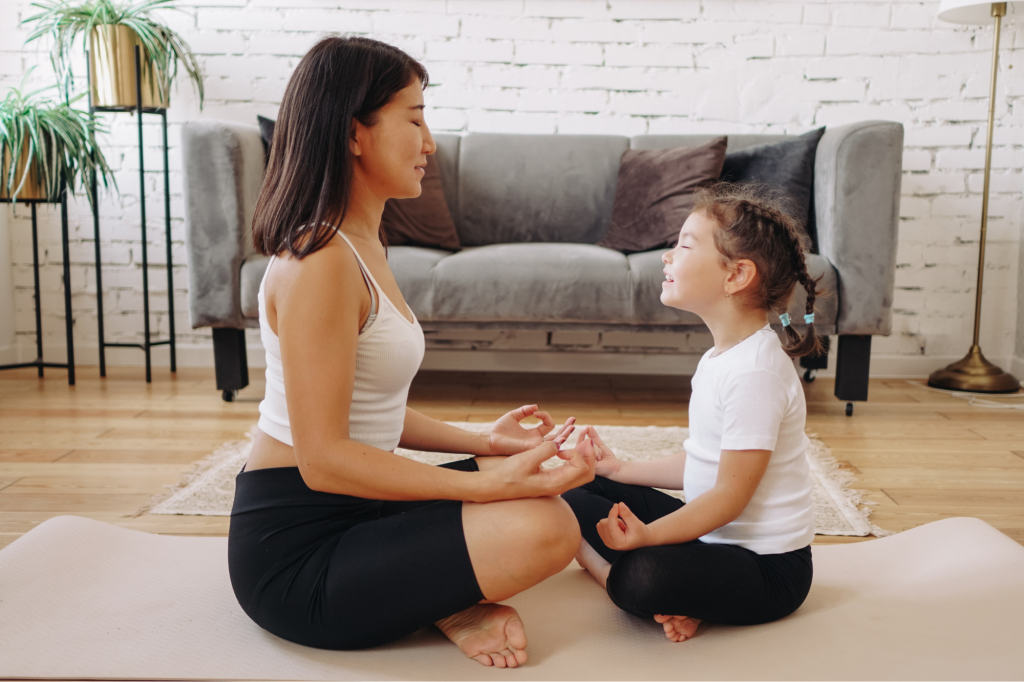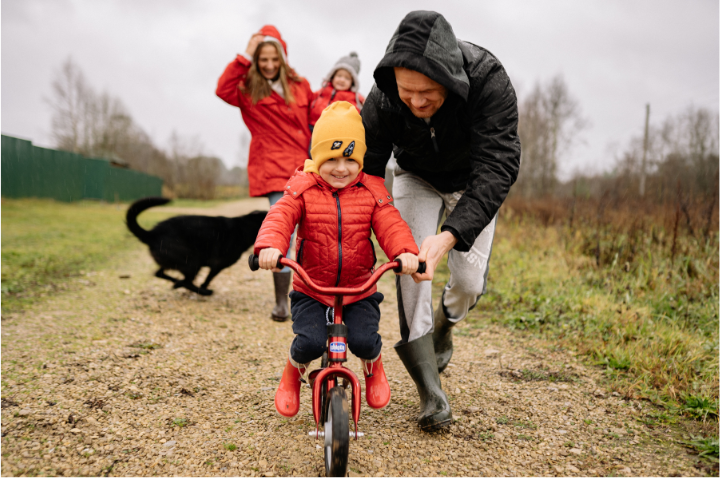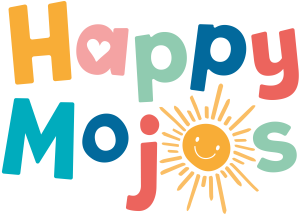Anxiety is on the rise, and not just for adults; 8–11% of children and adolescents suffer from anxiety that affects their ability to get on with their lives (1). Mental Health Awareness Week this year is all about raising awareness of mental health, in particular anxiety.
The good news is that you can train your mind to slow down, easing symptoms of anxiety!
Mindfulness is the practice of becoming aware of the present moment—awareness of our thoughts, feelings, and surroundings—without judgement. It can be practiced simply by bringing your awareness to your lived, present experiences; it can also be practiced through other modalities like breath work and yoga. Mindfulness can be a powerful tool for kids too, helping them to manage stress, emotions, relationships, and self-awareness.
Here are some ways to use mindfulness with kids at home, school, and play:
At Home
Every child loves the sense of taste! Mindful eating is a fun exercise, yet we miss the full enjoyment of it as we are so busy thinking about lots of other things. Encourage your kids to eat their meals more slowly, paying attention to the taste, smell, and texture of their food. They will develop an appreciation for different foods and really become aware of the ones they enjoy most! Bring the party to your taste buds!
Bring awareness to the body with a body bubble space! It’s really interesting how this simple task can really close down the environment around them, so when things become too stimulating, this is a good exercise to do. Have your kids lie down, close their eyes, and gently breathe. Talk them through their body, asking them to listen to each part, starting with their toes and moving up to their head. Notice any sensations you feel, such as tension, relaxation, or warmth. Once you reach the head, ask them to check in on how they are feeling. It’s a great one to bring into the bedtime routine, too!
The power of breathing is totally underestimated. It is the magic medicine of regulation, wellness, and happiness. There are many different types of breathing exercises that can be done with kids. One simple exercise is practicing belly breathing. Ask your kids to close their eyes and mouth, breathe in gently and deeply through the nose, counting one, and breathe out through the nose and count two. Place the hands on the belly and feel the ebb and flow, counting each breath as you go!
At School
Mindful, pre-lesson prep: We are firm believers that happy kids = successful kids. I really don’t know to this day how we expect children to come into class, sit quietly, and learn after coming from home or the playground. Spending 2 minutes preparing them by calming and re-grounding them into the present moment will help them to focus, remain calm, and succeed! A simple breathing space similar to the body scan can work wonders. Alternatively, for younger children, the splat hand can help too! Take your hand and notice your breath. Use the index finger of the other hand to travel up the thumb or fingers on the inhale and down the thumb or fingers on the exhale. The challenge is to take slow, deep, gentle breaths and take the whole length of the breath to reach the top or bottom of the digits!
Mindful movement: Have kids practice mindful movement exercises, such as yoga, Tai Chi, or Qigong. These exercises can help kids focus on their bodies and the present moment, regulate emotions, and tone the vagus nerve. We incorporate these into our Stretch & Shine programmes; each year, students learn progressive skills that are linked to the curriculum. Connect with us for more information! https://www.happymojos.co.uk/wellbeing-in-schools/
Mind breaks bring a sense of autonomy and agency. They learn about themselves and understand when they may need a break from learning in order to help them succeed. When kids are feeling stressed or overwhelmed, encourage them to take a few minutes for a mindful break. We like using ‘cosy corners’ where children can do just this: sit quietly, focus on their breath, or listen to calming music. Adapt this for more physical children and create a mindful break menu that suits them! This could include: a 2-minute Lego challenge, a doodle book, a Rubix cube, 10 star jumps—the possibilities are endless!
At Play
Free play times are when most relational issues occur. Encourage kids to play in a mindful way, paying attention to the sensations and feelings that they experience. Help them by building self-help strategies to support them with successful peer relationships, for example, asking for help, moving away, mindful listening, good manners, and the qualities of being a good friend. Reflection time around relationships is key, so chatting with them about the play session or play date after will help them move forward with their social skills in a positive light.
Explore the senses further by getting out in nature. A mindful nature walk can activate and bring awareness to all of the senses as well as build a connection with their wonderful environment.
Mindful games: There are many different types of mindful games that can be played with kids. One simple game is to have kids take turns naming objects that they can see, hear, smell, taste, and feel. Eye-spy using letters, sounds, colours, or textures is a great game too!
Mindfulness is a valuable tool that can help kids thrive in all areas of their lives, so begin building in some of these simple techniques to support your happy, healthy kids!
